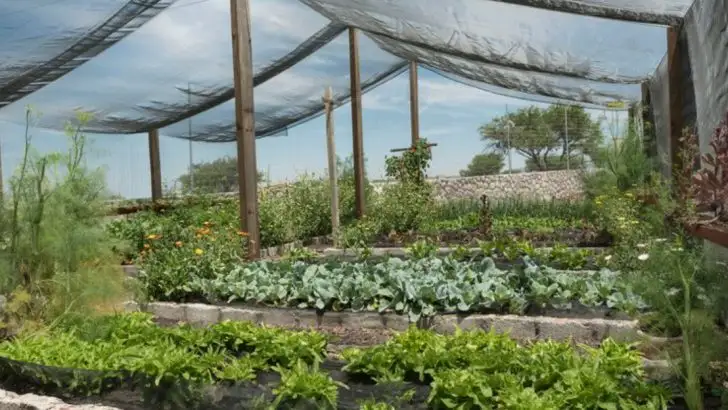Ignore your garden in June, and it will betray you. Wilting tomatoes, bugs throwing parties, weeds staging a coup—this is the month things go from dreamy to chaotic real fast if you’re not on it. But don’t worry. You don’t need to spend every spare second with a trowel in hand. You just need the right moves, at the right time, before the summer madness kicks in. These 21 tasks are your secret weapon. Quick, smart, and totally doable—even if June has you running in twelve directions. Your garden’s counting on you. Let’s not let it down.
Inspect for Pests

Spotting pests early is key to maintaining a healthy garden. Aphids, slugs, and snails often make their appearance in June, causing potential havoc if left unchecked. Regular inspections can prevent infestations that disrupt plant health.
Focus on the undersides of leaves where pests tend to hide. Early detection allows for environmentally friendly treatment options, such as introducing beneficial insects or using organic sprays. This not only protects your plants but also supports the ecosystem.
Remember, a watchful eye now means fewer issues later, ensuring a thriving garden season.
Mulch Your Beds
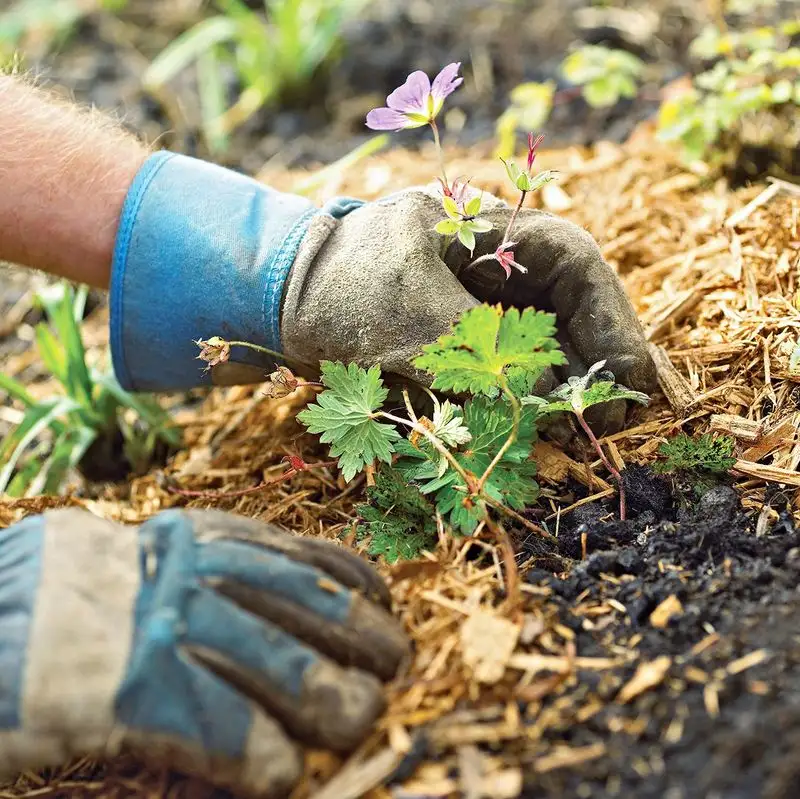
Mulching your garden beds in June is an effective way to retain moisture during the hotter months. This layer of protection not only conserves water but also suppresses weeds that compete for nutrients.
Choose organic materials such as straw, wood chips, or shredded leaves for the best results. As these materials decompose, they enrich the soil with beneficial nutrients, improving plant health and resilience.
Applying mulch now sets the stage for a low-maintenance, fruitful garden, reducing the need for frequent watering and weeding.
Prune Spring Bloomers
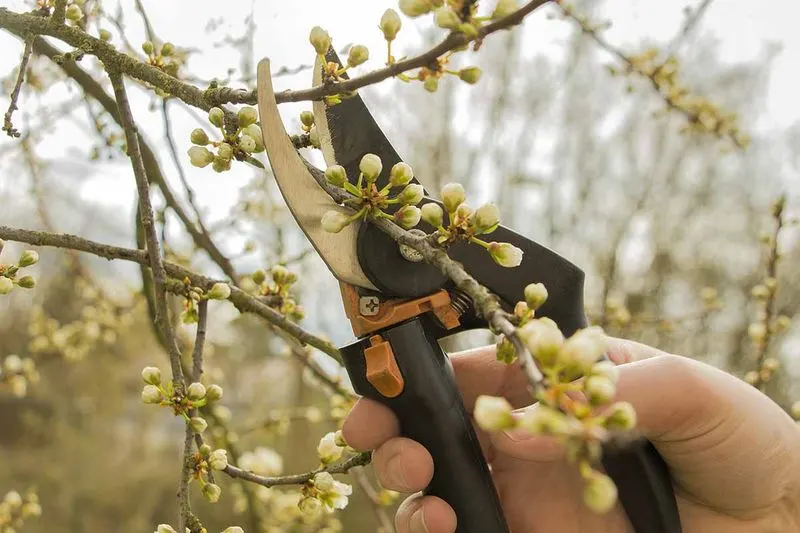
Pruning spring-flowering plants in June encourages healthy growth and prepares them for the next blooming cycle. Removing spent blooms and dead branches redirects energy to new growth.
Use clean, sharp tools to make precise cuts, reducing the risk of disease. Each cut should be made just above a bud or branch to encourage optimal growth.
This simple task not only keeps your garden tidy but also sets your shrubs and trees up for a robust, vibrant display next year.
Water Wisely
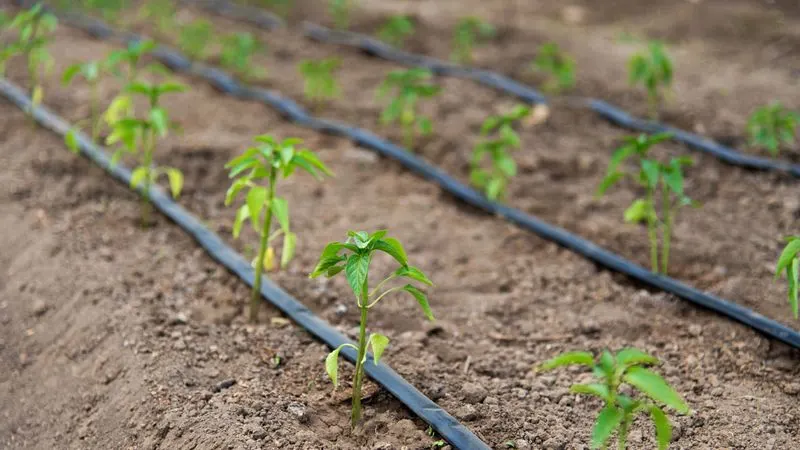
Efficient watering is essential as temperatures rise. Opt for deep, infrequent watering to encourage robust root systems. Morning is the best time to water, reducing evaporation and fungal diseases.
Consider installing a drip irrigation system for precision and conservation. This method delivers water directly to the root zone, minimizing waste.
Watering wisely not only saves resources but also ensures your plants develop the resilience needed to withstand the summer heat.
Fertilize Summer Plants
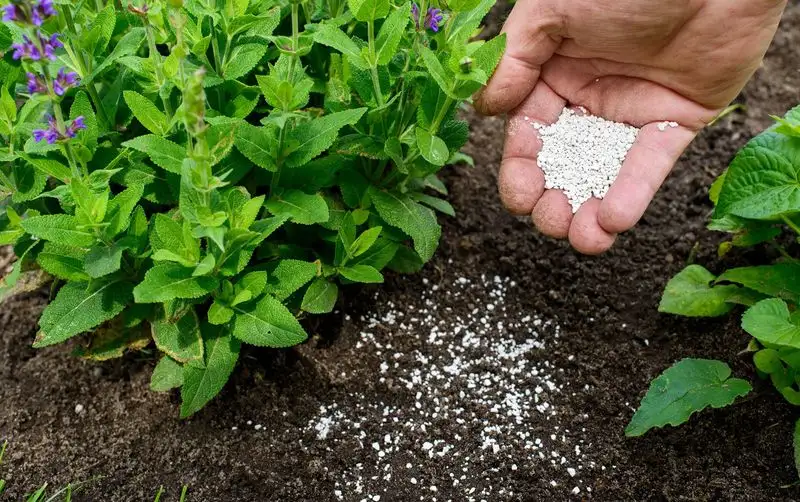
June is an ideal time to fertilize summer plants, providing them with the nutrients they need to flourish. Whether using organic matter or commercial fertilizers, ensure even application for balanced growth.
Focus on nitrogen-rich fertilizers for leafy plants and phosphorus-rich for flowering varieties. This ensures each plant type receives what it needs to produce lush foliage or vibrant blooms.
By feeding your garden now, you lay the groundwork for a bountiful harvest and a picturesque floral display.
Stake Tall Plants
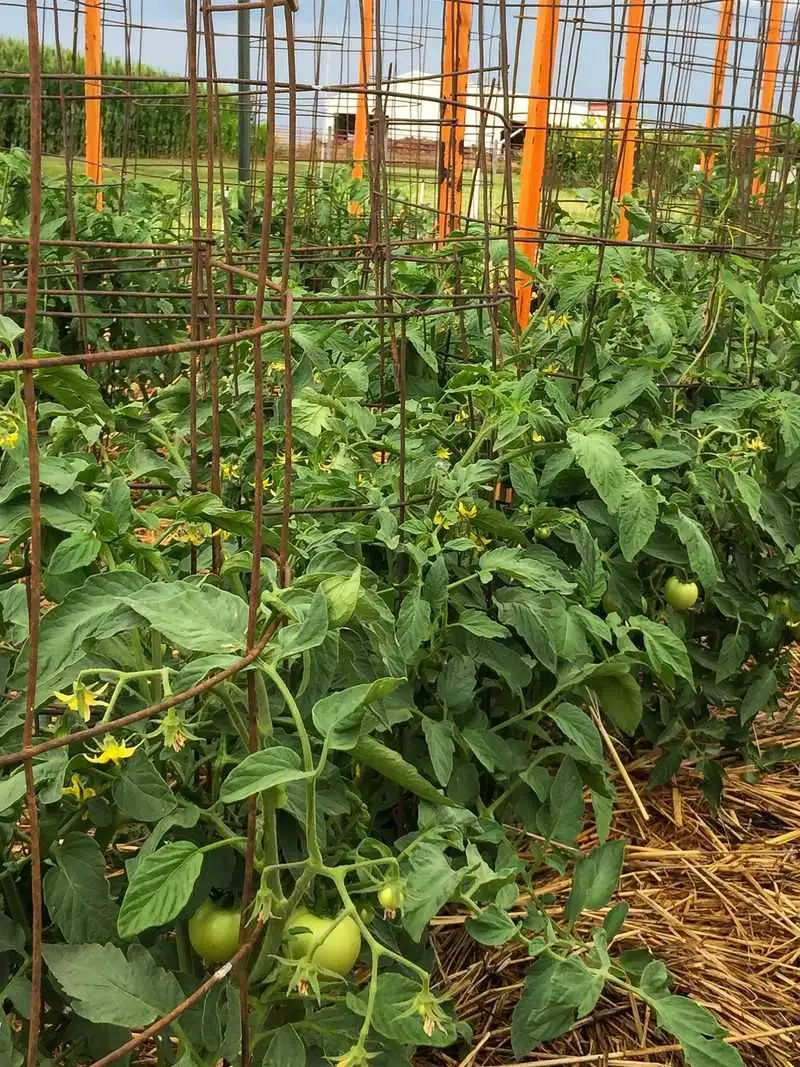
Taller plants like tomatoes and sunflowers benefit from staking in June to support their rapid summer growth. Without proper support, these plants risk bending or breaking under their weight.
Use strong, weather-resistant stakes and soft ties to secure the stems without damaging them. Regularly check and adjust ties as the plants grow.
Providing support ensures that your plants stay upright, healthy, and productive throughout the season, preventing potential disasters from summer storms or high winds.
Weed Regularly
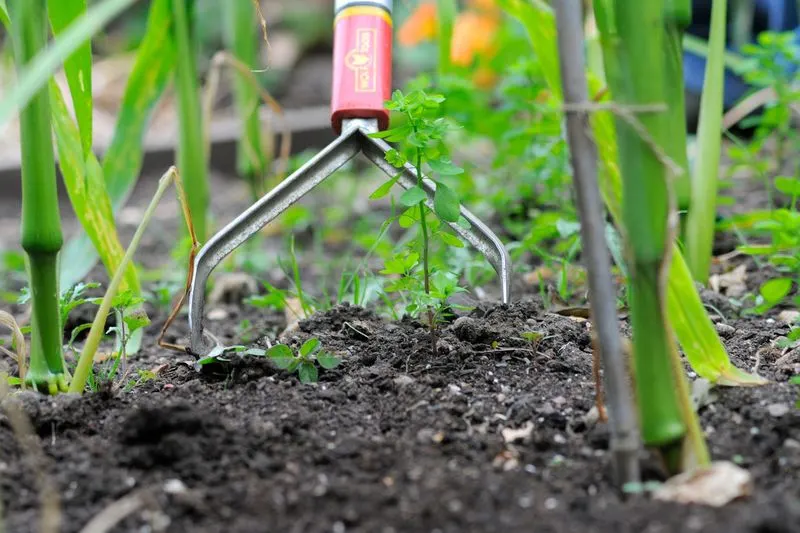
Weeding is a vital task in June to keep your garden healthy. As temperatures rise, weeds compete fiercely with your plants for nutrients and water.
Regular weeding reduces this competition, allowing your plants to thrive. Hand-pull weeds or use a hoe to cut them at the root level for effective removal.
Maintaining a weed-free garden not only boosts plant health but also enhances its visual appeal, making it a welcoming space for both plants and people.
Plant Summer Annuals
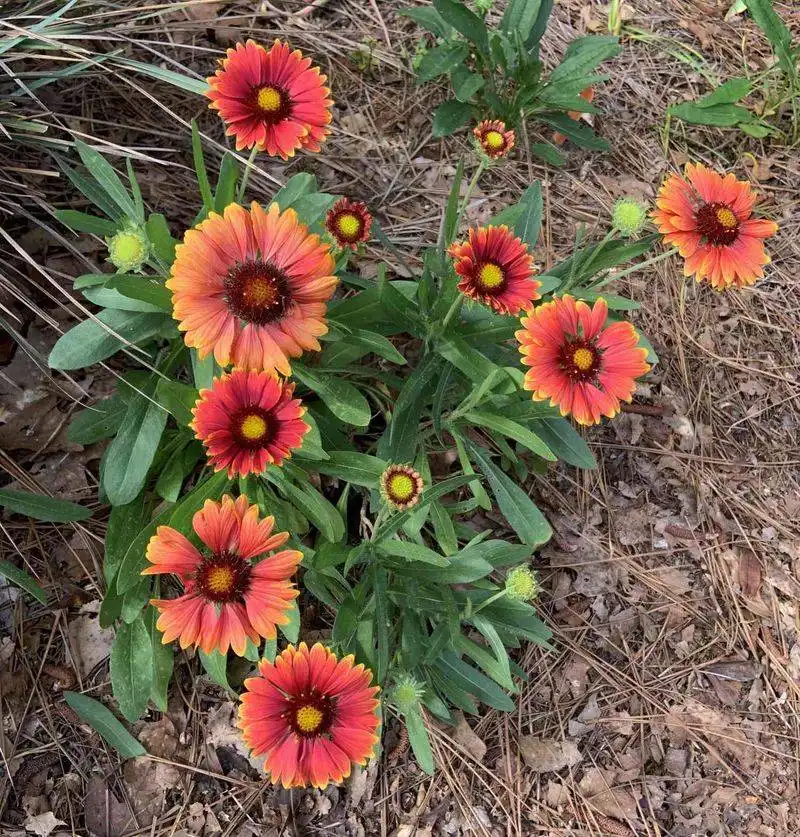
June is the perfect time to plant summer annuals, adding bursts of color to your garden. Choose heat-loving varieties like marigolds, zinnias, and petunias for vibrant displays.
Prepare the soil by loosening it and adding compost to support healthy growth. Space the plants appropriately, considering their mature size to avoid overcrowding.
These annuals not only brighten your garden but also attract beneficial pollinators, enhancing your garden’s ecosystem.
Check Irrigation Systems
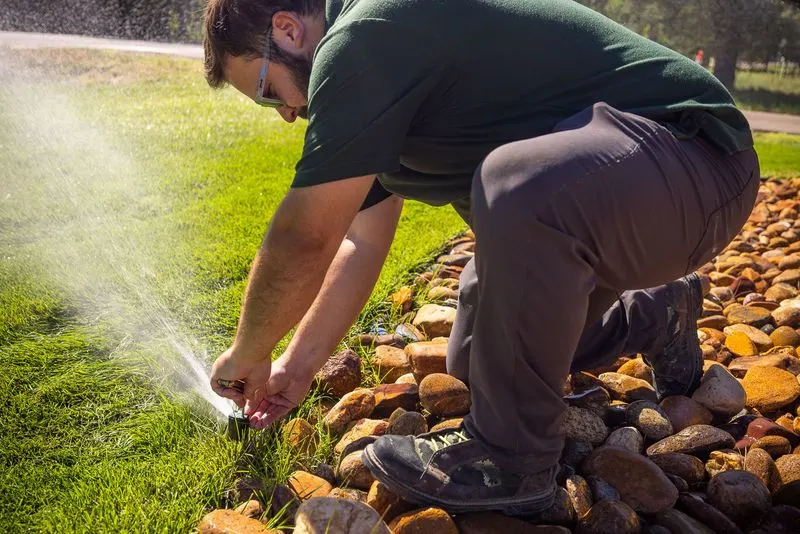
Testing your irrigation system in June ensures it operates efficiently during the dry summer months. Address leaks or clogs promptly to conserve water.
Examine each component, including sprinkler heads and hoses, for signs of wear or damage. Calibrate the system to deliver water where and when it’s needed most.
A well-maintained irrigation system supports healthy plant growth while minimizing water waste, crucial for a sustainable garden.
Divide Perennials
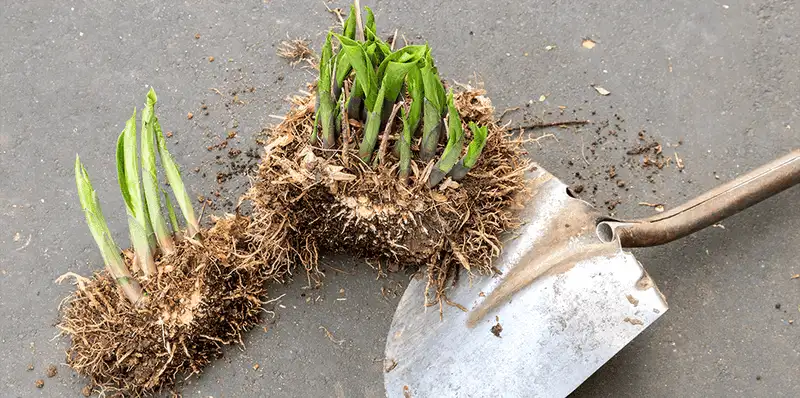
Dividing perennials in June rejuvenates the plants and helps maintain garden order. Overgrown perennials compete for resources, leading to diminished blooms and vitality.
Carefully dig around the plant, separating the root clumps into sections. Replant these sections with ample space to foster healthy growth.
This process not only rejuvenates the parent plant but also allows you to expand your garden or share plants with friends.
Deadhead Flowers
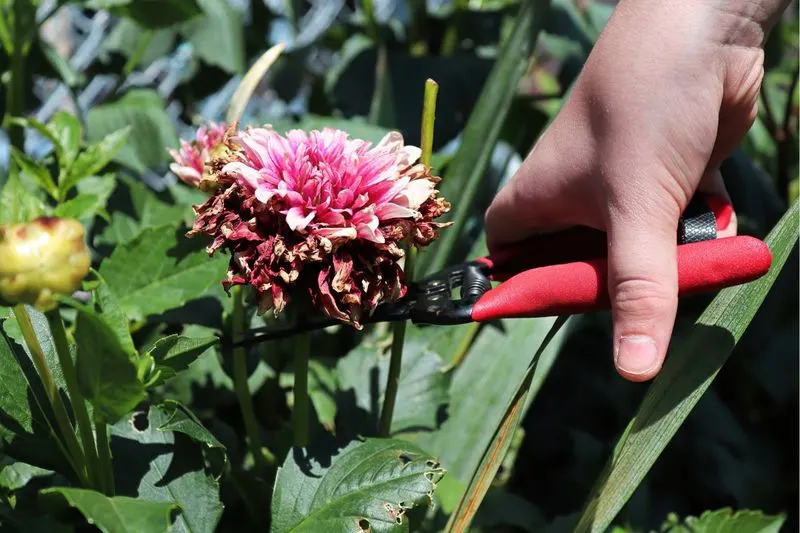
Deadheading spent flowers in June promotes continuous blooming throughout the summer. By removing faded blooms, plants focus energy on new growth and flowers instead of seed production.
Use sharp scissors or pruners to make clean cuts just above a healthy leaf set. This encourages lush, prolonged flowering.
Maintaining this habit leads to a more vibrant garden, filled with blooms that last well into the warmer months.
Add Compost
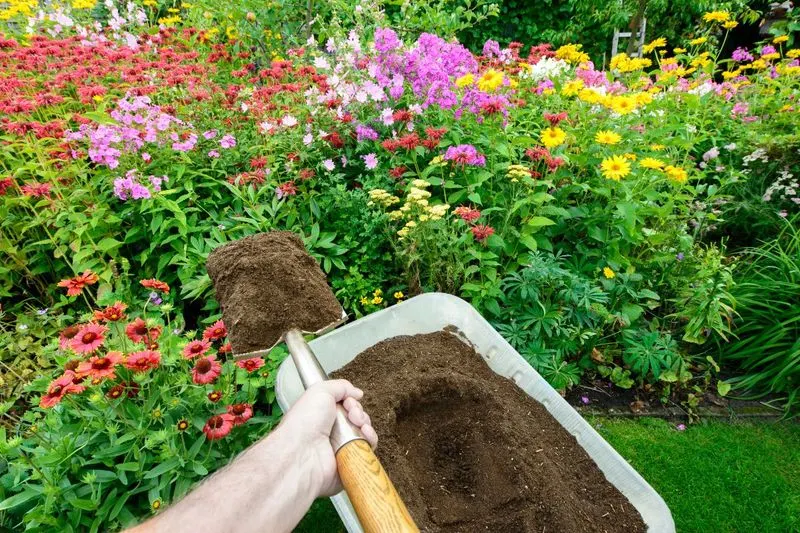
Incorporating compost into your garden in June enriches the soil and boosts plant health. Compost provides essential nutrients and improves soil structure, enhancing water retention and drainage.
Spread a layer of compost around plants, gently working it into the topsoil without disturbing roots. This practice not only nourishes plants but also supports beneficial soil organisms.
A compost-enriched garden is more resilient and productive, ready to face the summer challenges.
Protect Against Sun
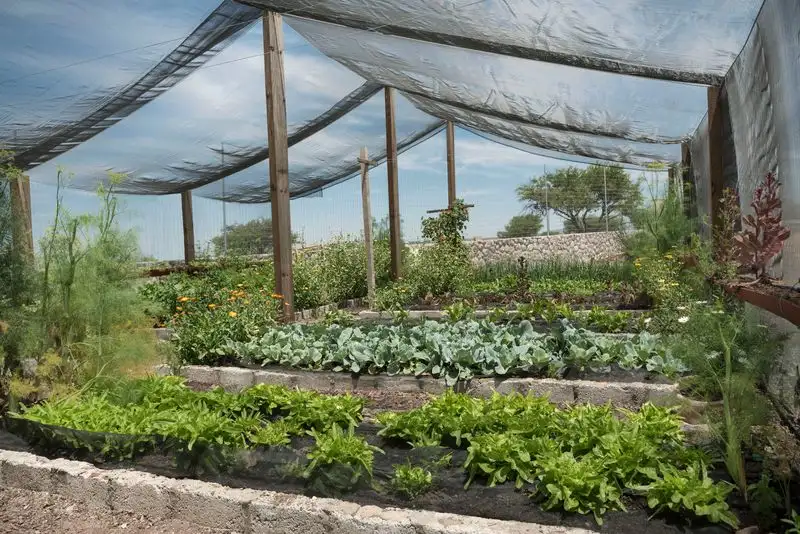
Shielding sensitive plants from intense sunlight in June prevents scorching and stress. Use shade cloth or strategically plant taller companions to provide relief.
Focus on newly planted or shade-loving species that may struggle under direct sun. This protection helps maintain plant health and vigor during the hottest periods.
By taking these precautions, your garden can thrive without succumbing to the harsh summer sun.
Monitor Soil Moisture
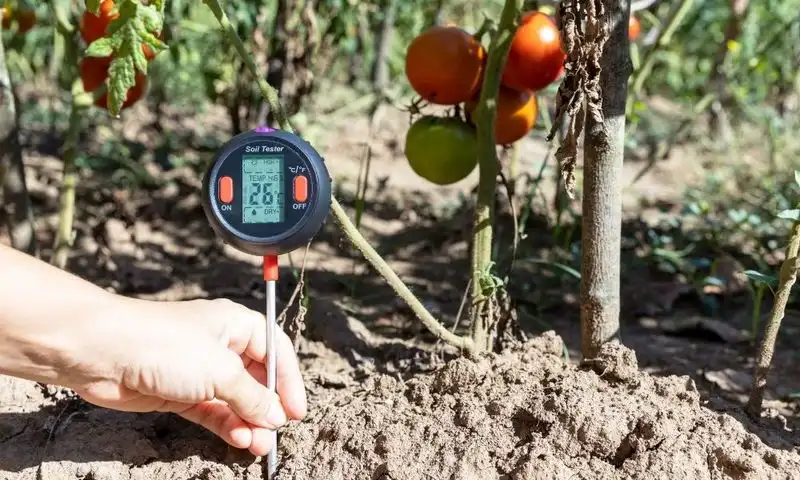
Monitoring soil moisture in June ensures your garden receives adequate water without over-watering. Too much or too little water can stress plants, leading to poor growth or disease.
Use a soil moisture meter to accurately gauge moisture levels. This tool helps decide when to water, tailoring care to each plant’s needs.
Keeping an eye on soil moisture helps maintain a balanced, lush garden environment, preventing summer drought stress.
Plan for Fall Crops
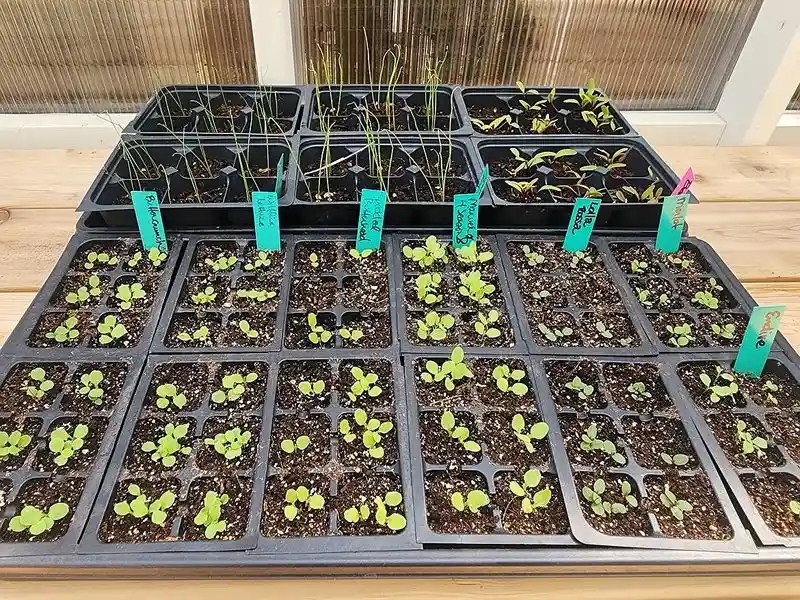
Planning for fall crops in June ensures a continuous harvest later in the year. Choose cool-season vegetables like broccoli, kale, and carrots for autumn planting.
Map out your garden space, considering crop rotation to minimize pest and disease issues. Preparing now allows for a seamless transition from summer to fall gardening.
This foresight leads to a productive garden year-round, maximizing yield and diversity.
Control Lawn Grubs
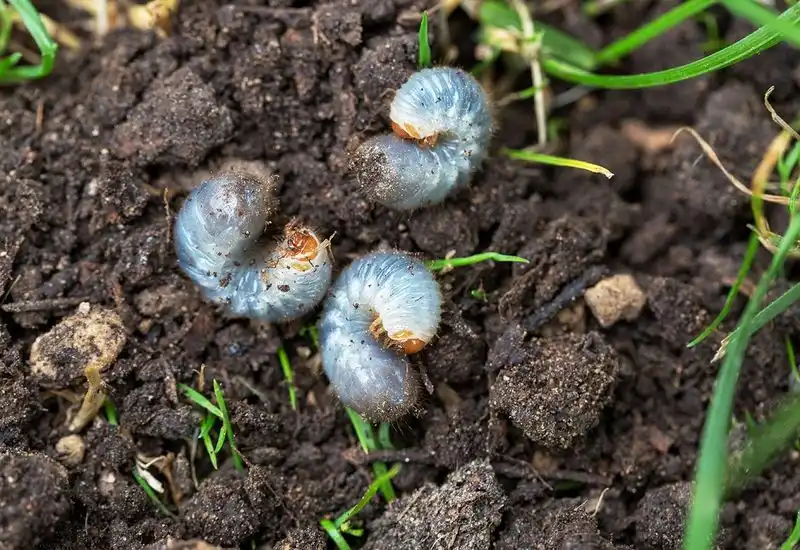
June is an optimal time to address lawn grubs before they cause significant damage. Grubs feed on grass roots, leading to brown patches and weakened turf.
Inspect your lawn for signs of infestation, such as wilting grass or increased bird activity. Apply grub control treatments as needed, choosing eco-friendly options when possible.
Early intervention maintains a lush, healthy lawn, protecting it from summer stressors.
Harvest Early Crops
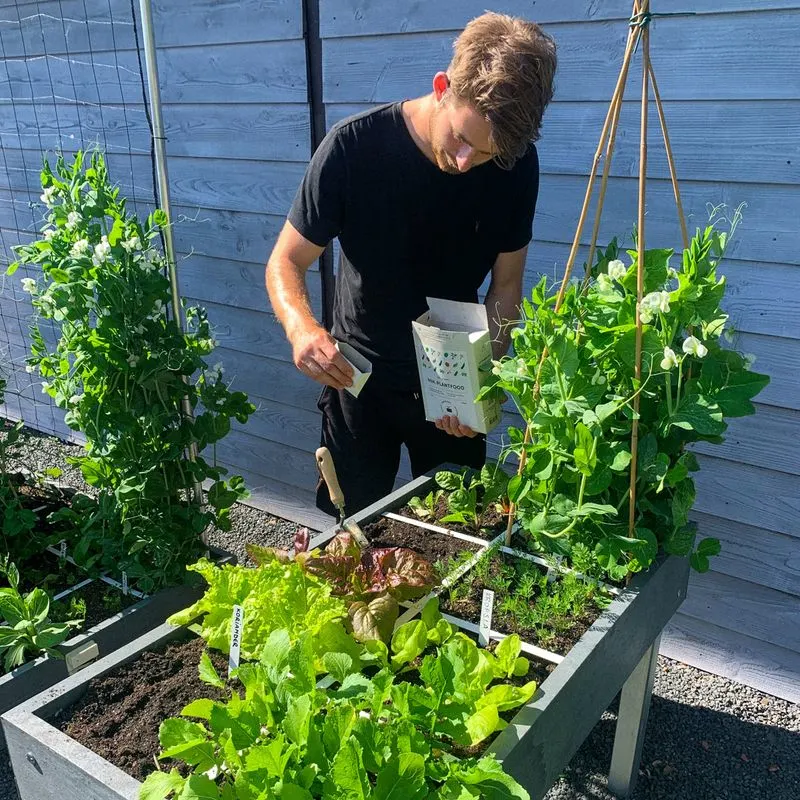
June is a time to enjoy the fruits of your labor by harvesting early crops. From strawberries to peas, these early-season delights require timely picking.
Harvesting encourages further production and prevents plants from diverting energy to seed formation. Use clean, sharp tools to gently remove produce without damaging the plants.
Savoring these fresh, homegrown treats is a reward for your gardening efforts.
Check for Diseases
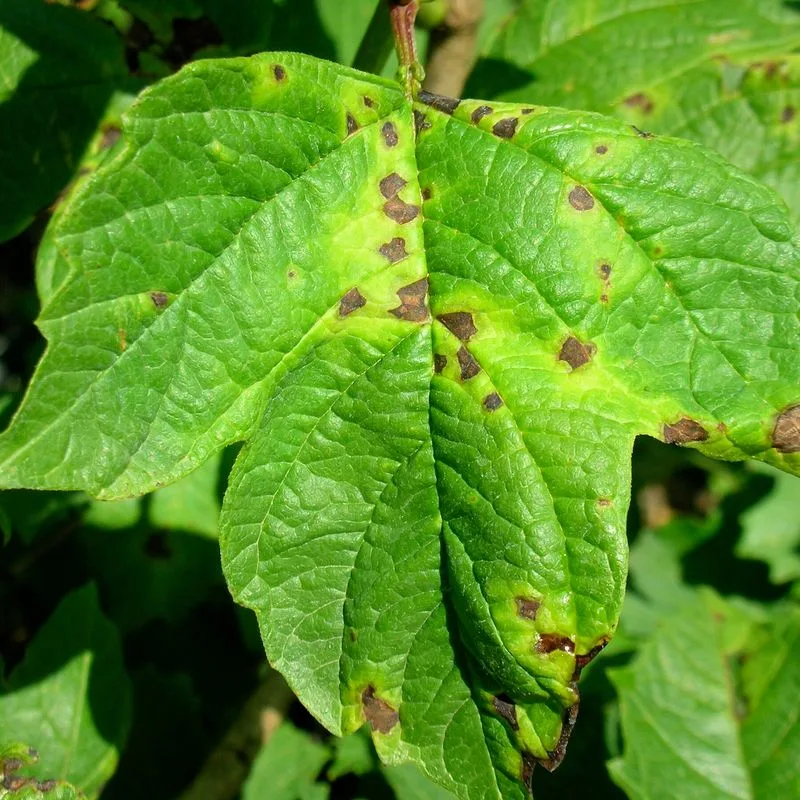
Vigilance in June helps catch garden diseases before they spread. Fungal infections, for instance, thrive in warm, humid conditions common this month.
Inspect plants regularly for discolored leaves, spots, or unusual growth patterns. Early detection allows for targeted treatments, minimizing plant stress.
Maintaining plant health through early intervention prevents widespread issues, ensuring a vibrant garden.
Aerate the Lawn
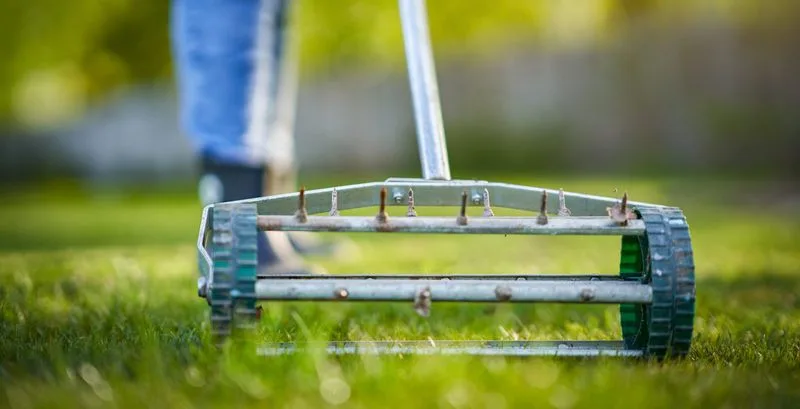
Aerating your lawn in June improves air and nutrient penetration, essential for robust grass growth. Compacted soil restricts root development, leading to poor lawn health.
Use a manual or mechanical aerator to perforate the soil, allowing essential elements to reach the roots. Regular aeration can transform your lawn into a lush, green carpet, resilient against summer’s demands.
This simple step revitalizes your lawn, ensuring it stays healthy and vibrant.
Trim Hedges

Trimming hedges in June shapes them and promotes dense, healthy growth. Well-maintained hedges enhance garden structure and aesthetics.
Use sharp shears or electric trimmers for clean cuts, creating a neat finish. Regular trimming encourages hedges to grow fuller, providing privacy and wind protection.
This task not only improves the visual appeal of your garden but also supports the health of your hedges.
Maintaining Garden Tools

A gardener is only as effective as their tools. Maintaining your garden tools in June sets the stage for a smooth and efficient summer season. Cleaning, oiling, and sharpening tools ensures they function optimally and reduces the risk of plant disease transmission.
Regular maintenance not only extends the life of your tools but also makes gardening tasks less strenuous. Imagine trying to prune a hedge with dull shears; the task becomes a tedious chore rather than a pleasant activity.
The satisfaction of a well-maintained tool is akin to the joy of a finely-tuned instrument. Did you know? Properly maintained tools can last decades, becoming heirlooms for future generations of gardeners.

